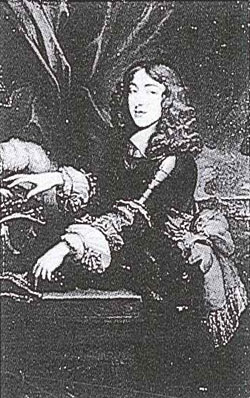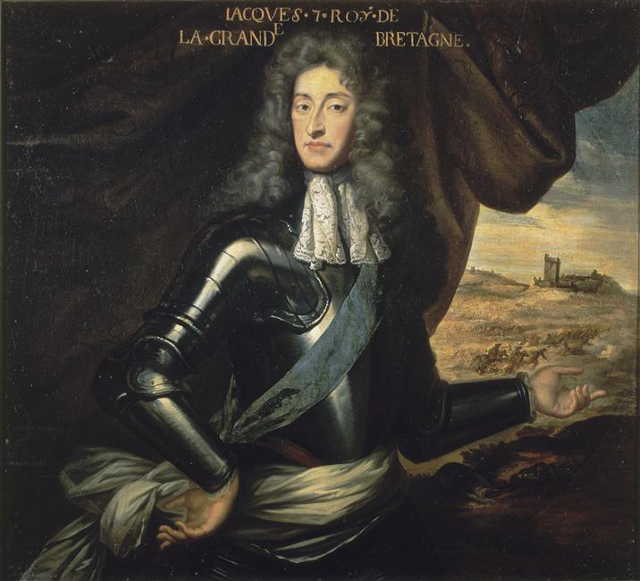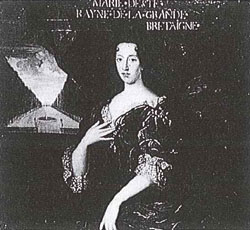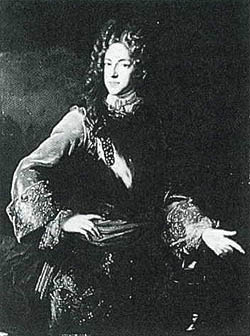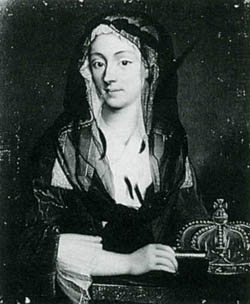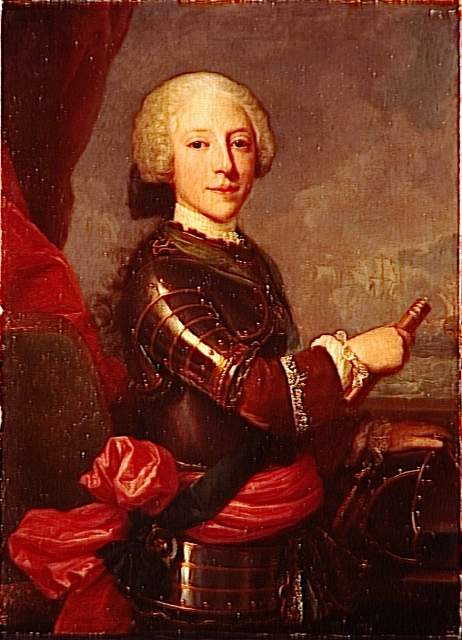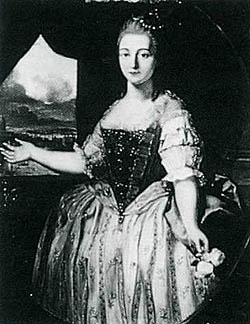 |
 |
 |
 |
 |
 |
 |
 |
 |
|
Versailles
|
|
The Palace of Versailles was the official residence of the French Royal Family from 1682. During their exile in France, King James II and VII, Queen Mary Beatrice, and their children, King James III and VIII and Princess Louise, frequently visited the palace which is less than 10 km south of their own residence at Saint-Germain-en-Laye. The palace was the birthplace and childhood home of Queen Marie Clotilde, wife of King Charles Emmanuel IV of Sardinia (later King Charles IV). In the 1780s and 1790s it was also the home of the two sisters of King Charles IV and King Victor: Princess Maria Giuseppina of Savoy (who married the comte de Provence, later King Louis XVIII of France) and Princess Maria Teresa of Savoy (who married the comte d'Artois, later King Charles X of France). Today the Palace of Versailles is a museum. There are a number of portraits of the Stuarts, but unfortunately most of these hang in non-public areas of the palace. In the public rooms of the palace hang a number of portraits of the Savoys, as well as several portraits of the family of the Dukes of Berwick. For public rooms on the first floor, see here. For public rooms on the ground floor, see here. For the Salles Louis XIV, see here. Non-public areas of the palaceMost of the Stuart portraits are copies, some contemporary, others ordered by Louis Philippe, duc d'Orléans, called "King of the French", for the Musée de l'histoire de France which he created at Versailles. There is a portrait of King James II and VII when Duke of York.1 James wears an armour breastplate which is covered with a large red sash. He rests his right hand on a visor and holds a pair of gloves in his left hand. The portrait may have been painted in 1649 when James was living in Paris and at Saint-Germain with his mother Queen Henrietta Maria. Louis Philippe, duc d'Orléans, added it to the Versailles collection.
|
There are matching portraits of James II and VII and his wife Queen Mary Beatrice.2 Both paintings were formerly oval, but were modified when they were added to the Versailles collection by Louis Philippe, duc d'Orléans. There are similar portraits of King Charles II and his wife Queen Catherine,3 as well as a portrait of Henry, Lord Darnley, husband of Queen Mary II and I. |
There is a 1712 portrait of King James III and VIII by Alexis-Simon Belle.4 A very slightly larger version of the portrait is owned by the "United Kingdom Government Art Collection".5 James is shown wearing a metal breastplate over a green velvet coat embroidered with gold at the cuffs. He has a red sash around his waist and the blue sash of the Order of the Garter over the breastplate. His left arm rests on a metal visor. |
There is a portrait of Queen Clementina.6 It is an old copy of the 1727 portrait by Antonio David another copy of which is in the Convente di San Clemente in Rome. Maria Clementina wears a sheer veil and a stole of ermine. At her left is a royal crown. In her hand she holds a book (presumably a prayer-book). The portrait was added to the Versailles collection by Louis Philippe, duc d'Orléans. |
|
There is a portrait of a young Henry, Duke of York (later King Henry IX).7 The portrait is sometimes described as being Charles, Prince of Wales (later King Charles III) - but it is more likely to be his younger brother. The portrait is a copy of a 1740 work by Domenico Dupra.8 Henry is shown bewigged and in armour with a large red sash around his waist. He wears the blue sash of the Order of the Garter and the green neck badge of the Order of the Thistle. In one hand he holds a baton while the other hand rests on a helmet. Corp lists two other versions of the portrait, both in private collections.9
There is a portrait of Charles III, this one in middle-age, with a matching portrait of his wife Queen Louise.10 The two portraits are copies painted in 1845 by Louis-Édouard Rioult. They were commissioned by Louis Philippe, duc d'Orléans. Charles is shown in armour with a crown at his side; he points with his right hand to a battle scene in the background. Louise is shown with a rose hanging from her left hand; in the background is the city of London. Both portraits are copies of works by Laurent Pecheux now at Stanford Hall.11 In 1770 Pecheux was working in Rome and was commissioned to paint Charles; the portrait of Louise was completed in 1775.12
|
|
There is a portrait of Henry, Cardinal Duke of York (later King Henry IX) attributed to Domenico Corvi.13 Henry is shown standing at a desk and dressed as a cardinal in a red mozetta (but without a pectoral cross); in his left hand he holds a book, while his right hand rests upon another book on the desk. This work bears some similarity to two other portraits of Henry by Corvi, one at Holyroodhouse Palace and the other at the Wadsworth Atheneum in Hartford, Connecticut.14
|
There is a copy of a portrait of Queen Marie Clotilde of Sardinia, wife of King Charles IV, by Drouais.15 |
|
This page is maintained by Noel S. McFerran (noel.mcferran@rogers.com) and was last updated March 10, 2019. © Noel S. McFerran 2007-2019. |
